WE CAN'T WAIT TO OFFER YOU AN EXPERIENCE,
THAT YOU WILL REMEMBER!
Whether you want to unwind at "Olive Villas" or explore the surroundings, visit historical landmarks and sites, try the local cuisine in the restaurants of the town of Sozopol, our qualified staff is here to help you enjoy your long-awaited and flawless vacation. The location of the villa complex is on the cleanest beach strip along the southern Black Sea – Kavatsi, which allows you to enjoy the fine and soft golden sand of the awarded "Blue Flag" beach alongside beach clubs like EXE BAR, CAVO, NOIR, Verano, EL TUBO, SAHARA, Dog&Dog, Dalian "Seagull," and others. The interiors and exteriors of the villas follow a contemporary minimalist style and comply with all ecological norms, requirements, and regulations to minimize the impact on the environment. "Olive Villas" is situated in a unique archaeological and natural phenomenon that encompasses several protected areas and reserves, some of which include:
"Bakarlaka" protected area
"Oliv Vilas" is located on the land of the nature-protected area "Bakarlaka". It is an attractive tourist destination because of its wonderful nature, especially beautiful in early spring, when the lilac and linden trees begin to bloom and fill the old oak forests with magnificent fragrances. At the same time, you can see the rare Hager tulip (Thracian tulip), which is the reason why the area has been declared protected. In the highest part is the fortress of "Bakarlukka", built of large old crumbly stones, stacked on top of each other, without the use of any solder between them.
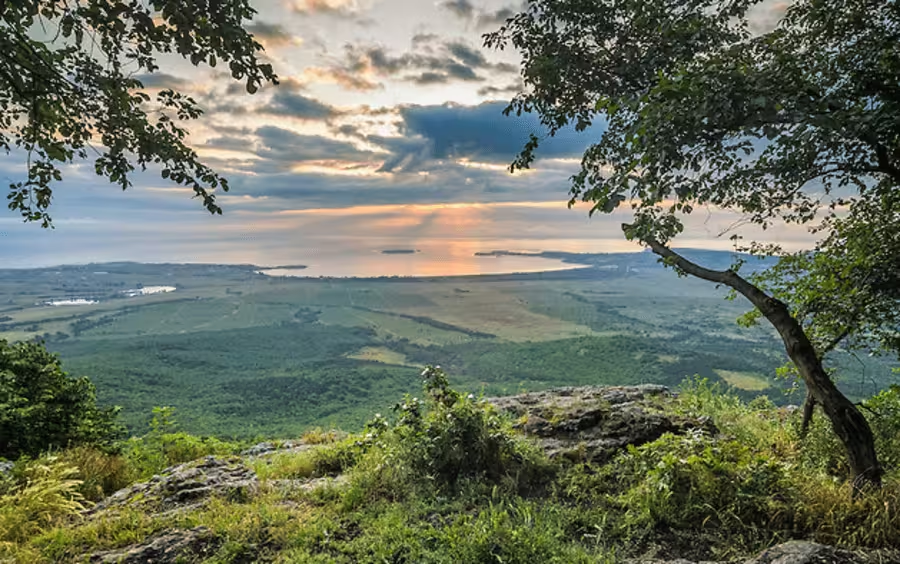
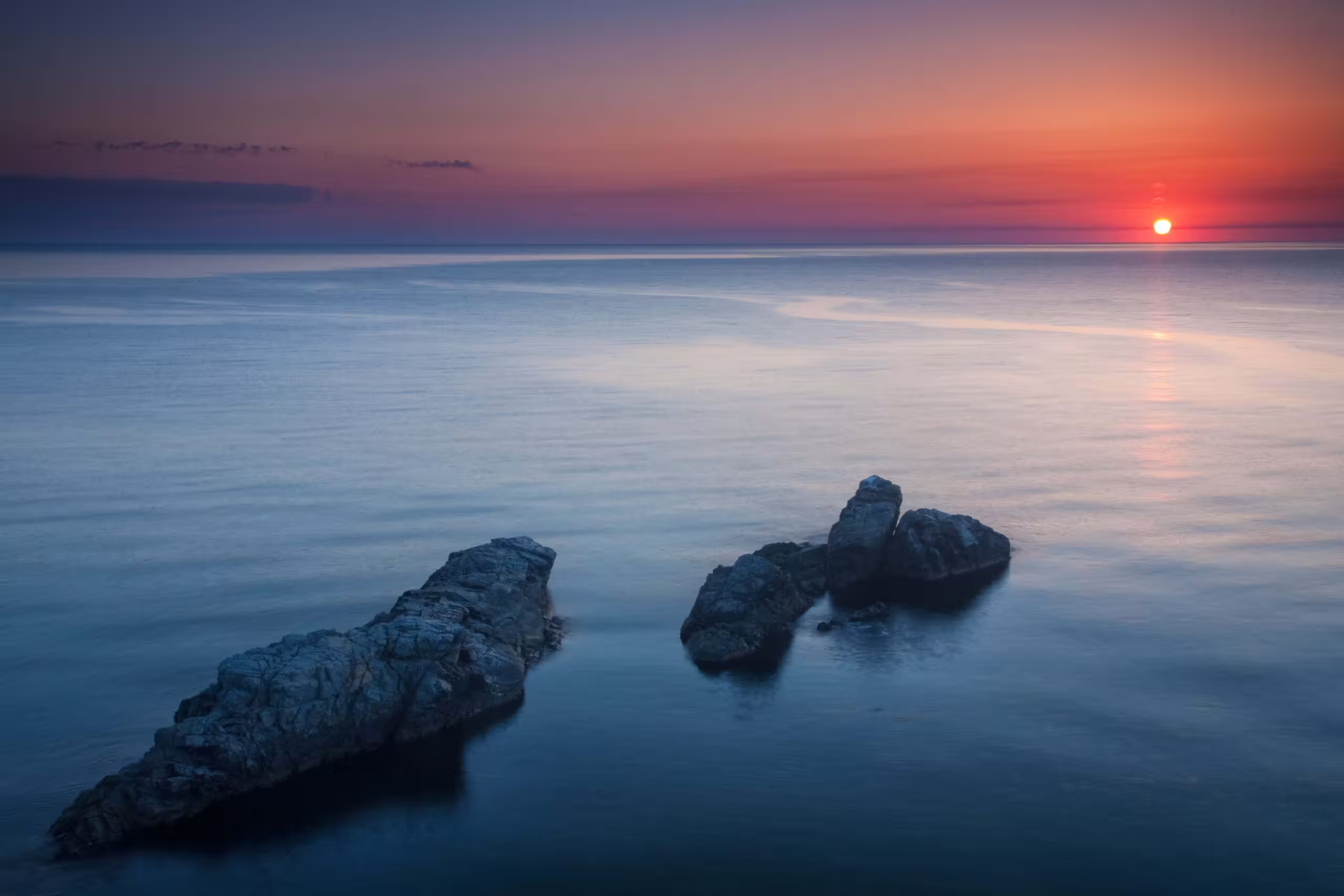
Protected area "Kolokita" /Korenyata/
This picturesque area is located between Paradise Bay, Solinaria area (today's Kavatsi) and the Black Sea. It was declared "protected" in 1970 to protect the rocky shores and fjords. Cape Kolokita is part of the Thracian necropolis of Apollonia Pontica. During its survey, ancient Thracian mounds from the 5th to the 3rd century BC were discovered. with over 270 burial facilities, remains of an ancient pipeline, numerous painted ceramic vessels that still adorn the Louvre in Paris.
Via Pontica
"Olive Vilas" also falls on the route of "Via Pontica" – an ancient Roman road that runs along the Black Sea. Its beginning is near Constantinople (today's Istanbul) and continues through a number of Bulgarian settlements, all the way to Istros in today's Romaria. Today "Via Pontica" is the name of one of the main migration routes of migratory birds from Europe to warmer Africa in winter, which passed over Strandzha and the eastern shores of the Black Sea. This air corridor is a flyway for various songbirds, waterfowl and birds of prey such as the rare golden eagle, bald eagle and Egyptian vulture. Almost 80% of them are white storks and all pink pelicans from all over Europe. The peak of white stork migration in our country is usually between August 25 and 30, when large flocks of storks can be seen flying over Sozopol and the Southern Black Sea coast.
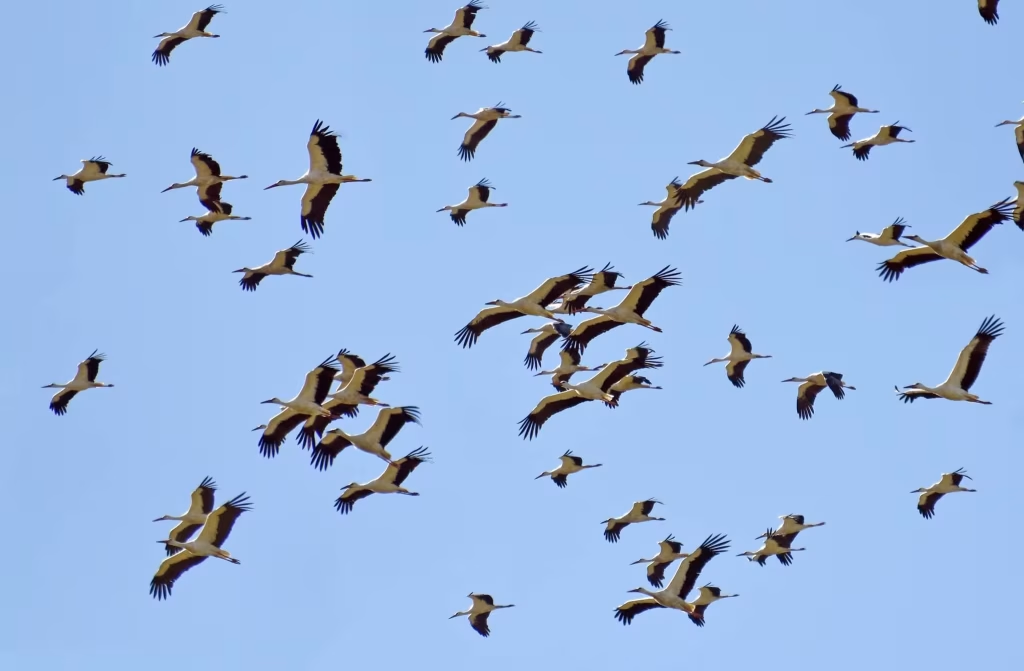
Sand dunes KAVATSITE
During your stay at "Oliv Vilas" you have the opportunity to admire the natural natural phenomenon "Kavatsi sand dunes". Walking south along Kavatsite beach, you will inevitably reach them - sand formations, up to 5-6 meters high, overgrown with sand-loving plants. This protected area preserves one of the largest deposits of sand lily - a tertiary relic, listed in the Red Book of Bulgaria as an endangered species. Its roots can penetrate several meters deep into the inhospitable sands. It is also called the "Queen of Sands" and "Sea Narcissus".
Sand Lily Reserve
Near "Oliv Vilas" in the "Kavatsite" area is the "Sand Lilia" reserve, which covers part of the beach. This plant arouses legitimate interest among tourists and nature lovers with its delicate white and at the same time highly fragrant flowers. Due to the peculiarity of its habitat, some call it simply "flower of the dunes". In order to preserve it, it was placed under the protection of the Nature Protection Act in our country already in 1961. and blooms in July and August at the height of the summer tourist season.
